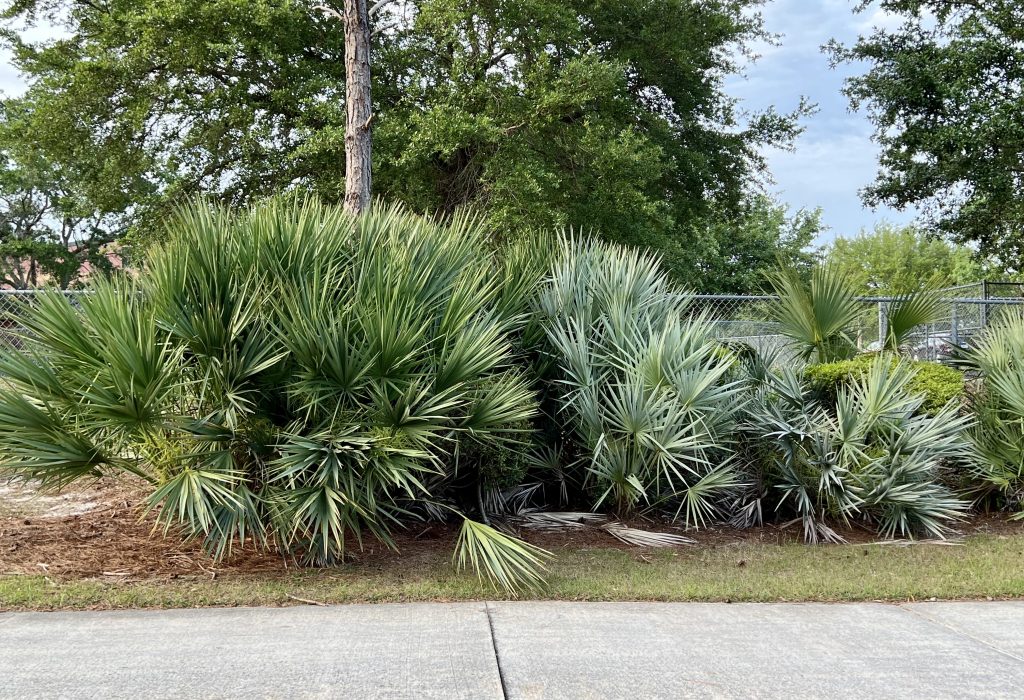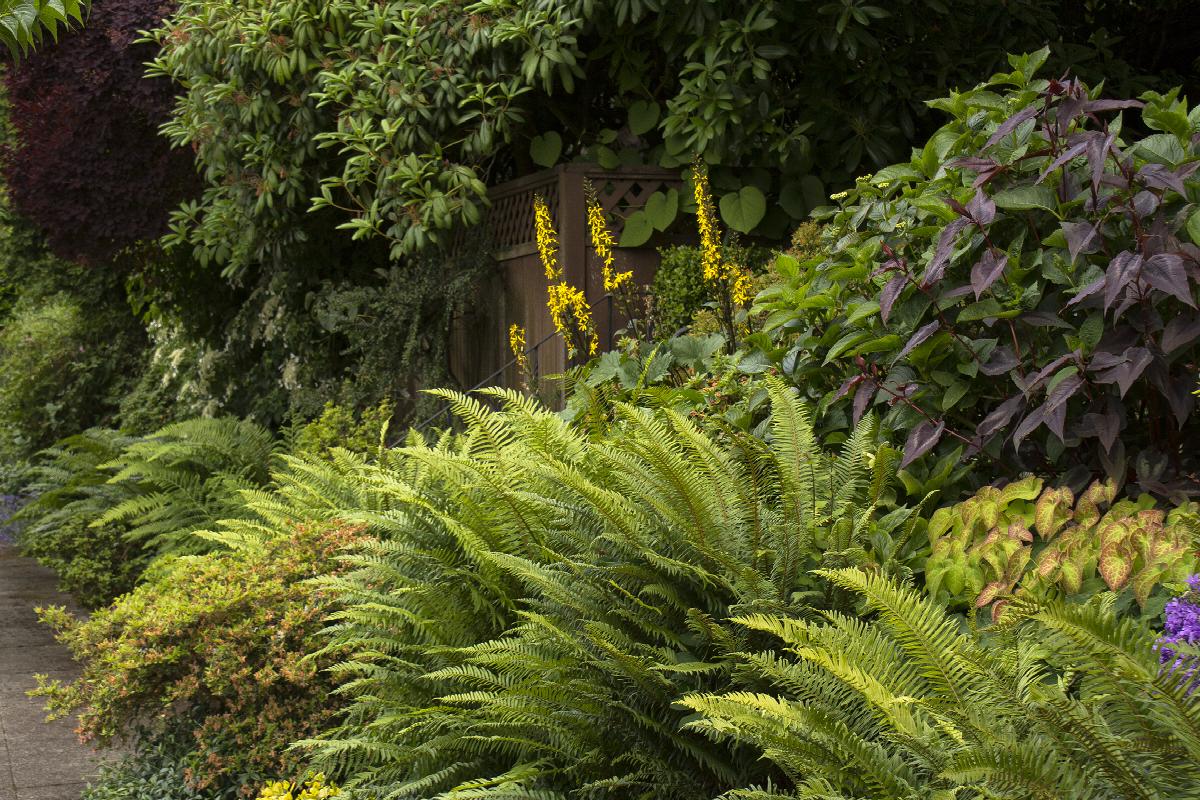Estimated reading time: 6 minutes

From the Pacific Northwest to the southern Gulf Coast, here’s our list of low-light plants for your seaside home:
- Christmas Fern — Upper East Coast
- Coastal Sweet Pepperbush — Mid-Atlantic Coast
- Saw Palmetto — Southeastern Coast
- Coontie — Florida and Gulf Coast
- Western Sword Fern — Pacific Northwest
- Cast Iron Plant — Southern California
As the days grow shorter and summer turns to fall, we still want our plants and greenery to thrive amidst a scenic coastal setting. Low-light plants offer a befitting addition to any coastal environment, offering beauty and ease of maintenance. These plants thrive in shaded or indirect light conditions, making them perfect for seaside homes where sunlight filters through trees or other scenery. Their adaptability to various humidity and salt exposure levels makes them well-suited for even harsher coastal climates.
Additionally, low-light plants often require minimal watering and care, making them ideal for busy homeowners or those who want to enjoy lush greenery without constant upkeep. Their splendor and resilience enhance the natural essence of coastal living, creating a plush, green oasis that carpets the surrounding environment. Journey with us as we introduce you to some of the best low-light plants from coast to coast.
Christmas Fern — Upper East Coast

The Christmas Fern, although native to the eastern region of North America, from Maine to Minnesota and extending south to Florida and Texas, thrives in the cool climates of the upper East Coast, preferring moist, well-drained soil and minimal sunlight. While it is typically grown outdoors in shaded, moist, well-drained soil, this fern can also be brought indoors in colder areas during the fall and winter months. It adapts well to indoor environments with indirect light and high humidity, making it a versatile choice for year-round greenery.
Coastal Sweet Pepperbush — Mid-Atlantic Coast

The Coastal Sweet Pepperbush is known for its fragrant, white flowers that bloom in late summer. Like the Christmas Fern, this species is native to the eastern United States from Maine to Florida and is seldom found further inland. It thrives particularly well in the mid-Atlantic region’s coastal environment, tolerating shade, salt, and varying soil conditions. This shrub is easy to care for, needing only occasional pruning to maintain its shape. Although it prefers outdoor conditions, this shrub can be overwintered indoors in colder regions. Place in a cool, bright spot and keep moist to maintain the plant’s health through the colder months.
Saw Palmetto — Southeastern Coast

Native to the Southeastern coast, the Saw Palmetto is a low-growing palm with fan-shaped leaves. This hardy plant grows in places as far north as South Carolina and as far west as Texas. It thrives in sandy, well-drained soils and tolerates low light and salty air. Once established, this plant requires minimal watering and is known for its drought resistance. While it is well-suited to outdoor life, this plant can be brought indoors during fall and winter in cooler areas. It tolerates low light well, making it a good candidate for indoor spaces with some humidity to prevent the leaves from drying out.
Coontie — Florida and Gulf Coast

Native to Florida and the Gulf Coast, the Coontie offers a versatile plant that grows well in both sun and shade. A member of the prehistoric cycad family, it features feather-like leaves that bring lush beauty to natural and formal landscapes. This drought-tolerant species requires minimal maintenance and lends a soft tropical feel to coastal landscapes. You can also move this low-light plant inside during the colder months in regions where temperatures drop significantly. It requires minimal care indoors, preferring a well-lit spot with occasional watering.
Western Sword Fern — Pacific Northwest

The robust Western Sword Fern is well-suited to the damp, shaded forests of the Pacific Northwest. One of the region’s most recognized native plants, it displays long, arching fronds and thrives in moist, acidic soil. It requires little care beyond ensuring the soil remains moist, making it an easy addition to shaded gardens. The Western Sword Fern can also thrive inside during fall and winter in colder areas. It adapts well to indoor environments, requiring only indirect light to stay healthy through the colder months.
Cast Iron Plant — Southern California

Known for its tough, glossy leaves, the Cast Iron Plant is ideal for the Southern California coast. It tolerates low light, drought, and neglect, making it perfect for shaded areas of the garden. This plant requires little more than occasional watering and cleaning of its leaves to keep it looking vibrant. It can easily transition to indoor living during the fall and winter months in areas with cooler temperatures. This plant thrives in low light and requires minimal watering, making it one of the easiest indoor plants to maintain.
Choosing the right low-light plants for your region allows you to enjoy lush green foliage throughout the year, regardless of the season. For more coastal gardening ideas, click here.

